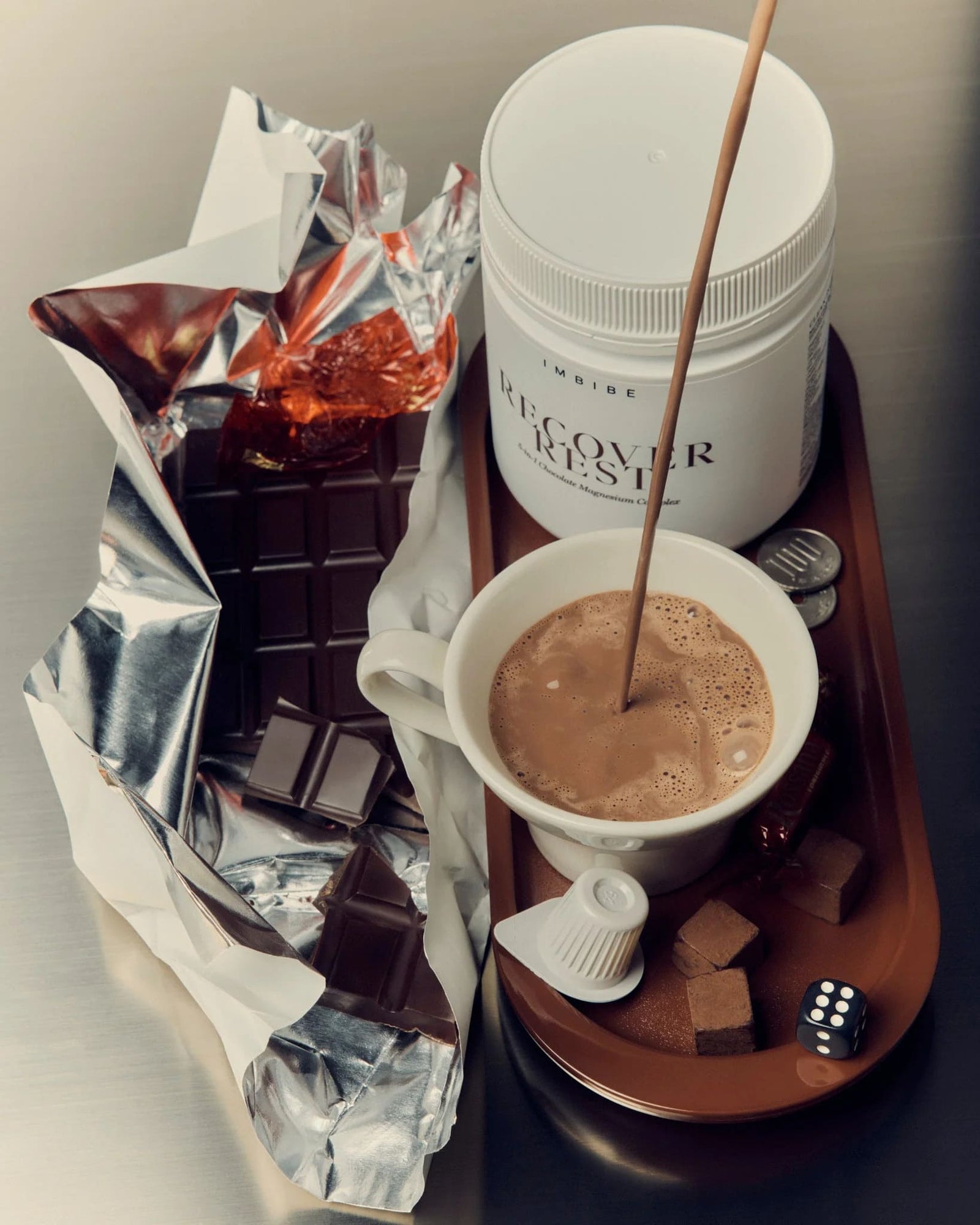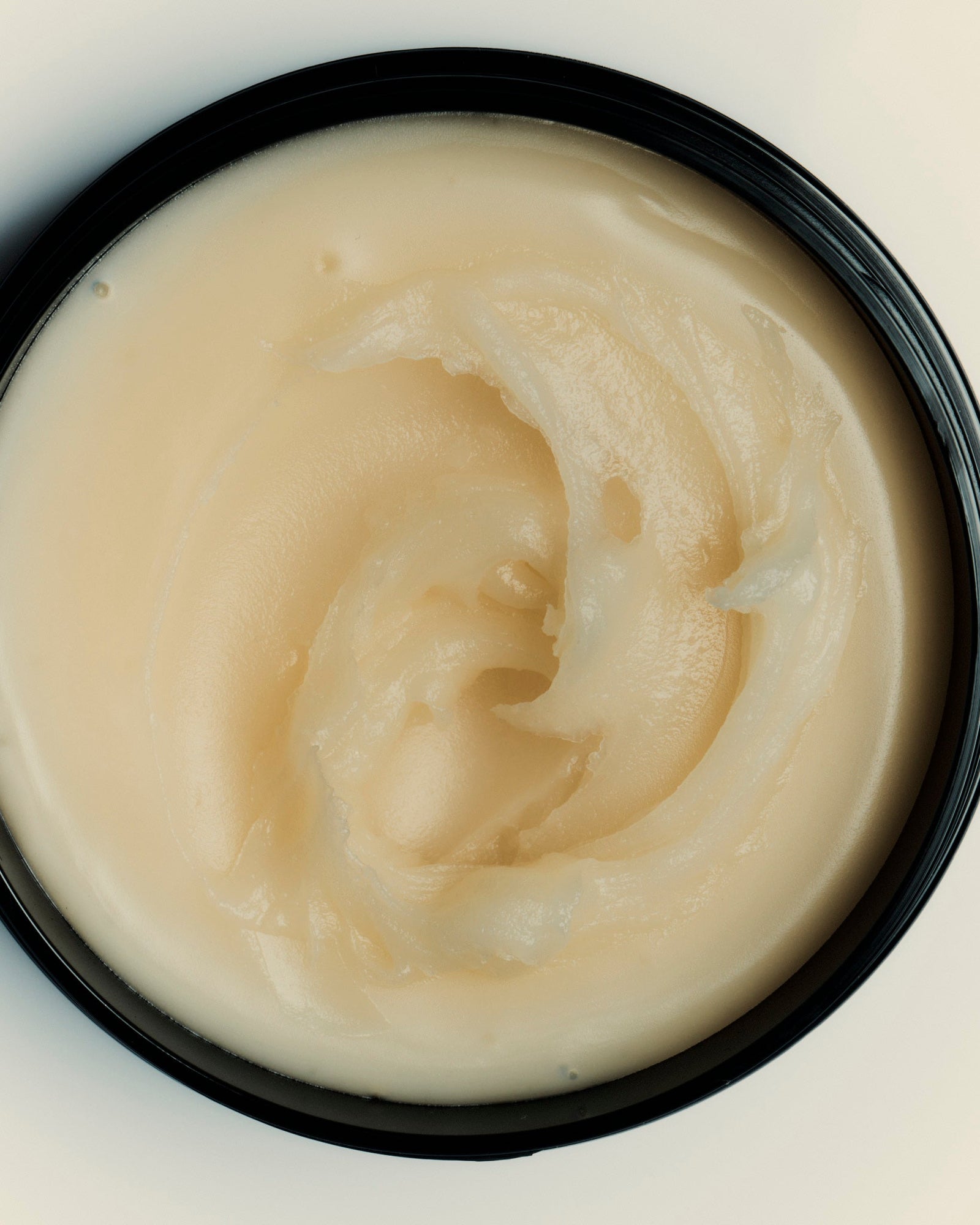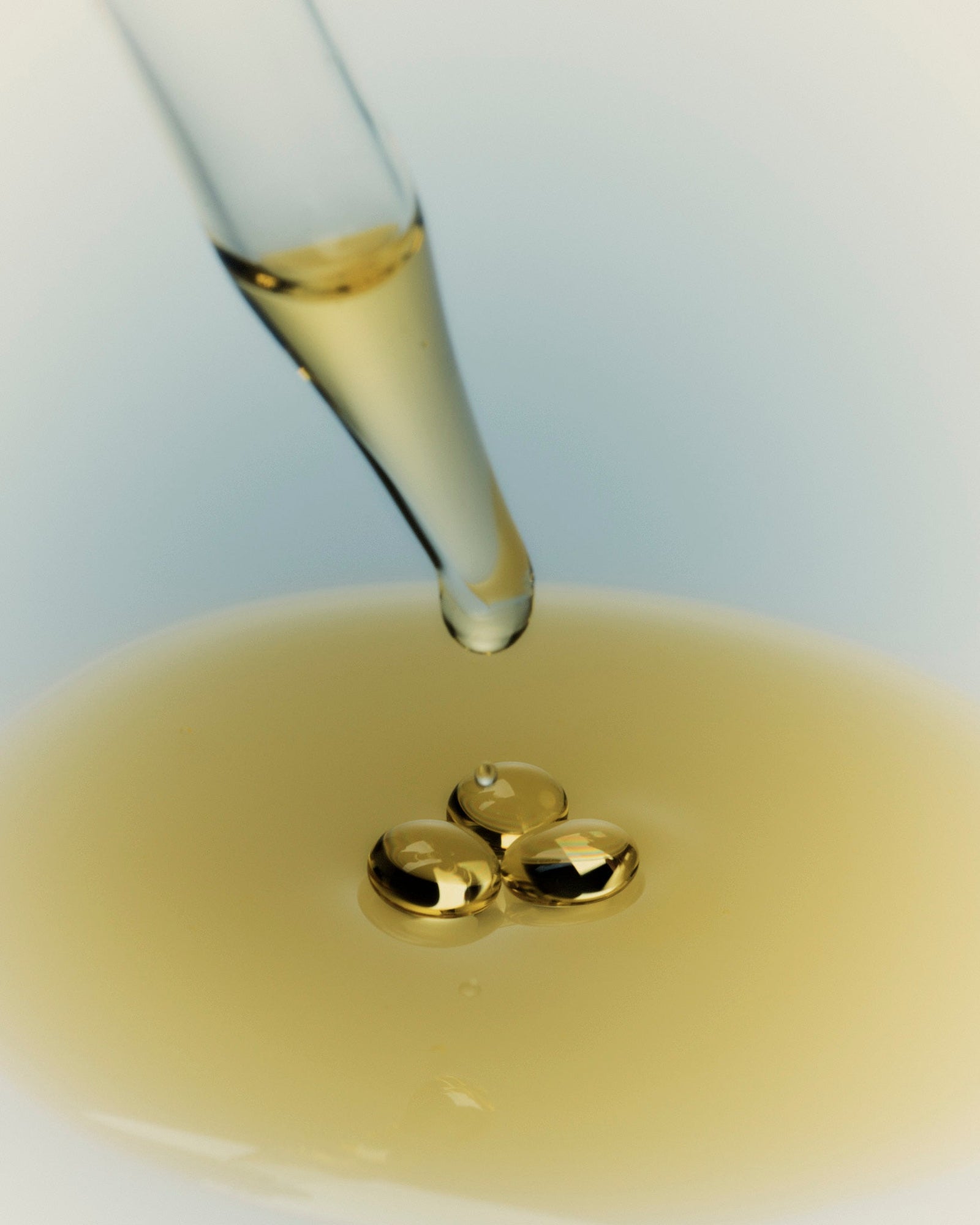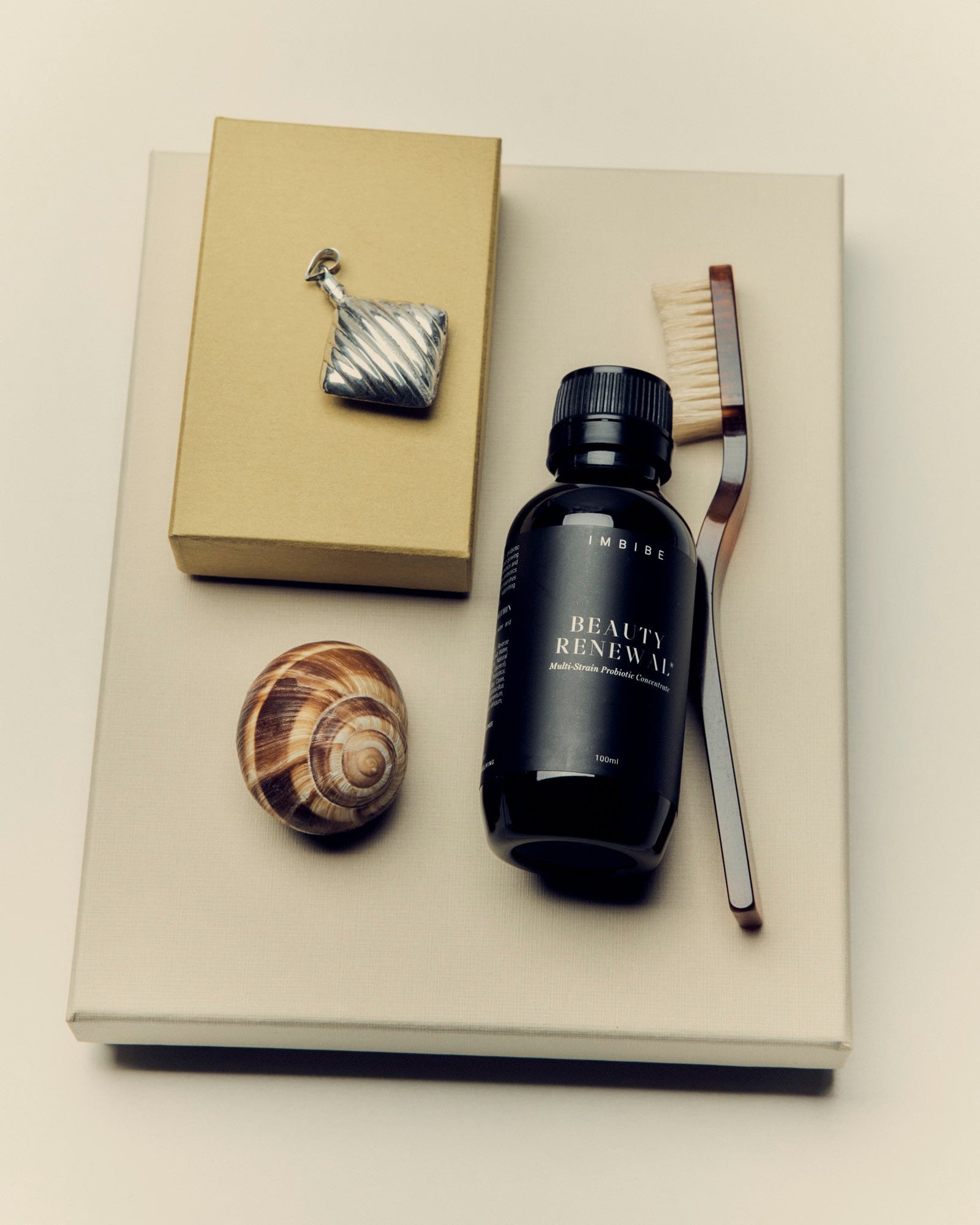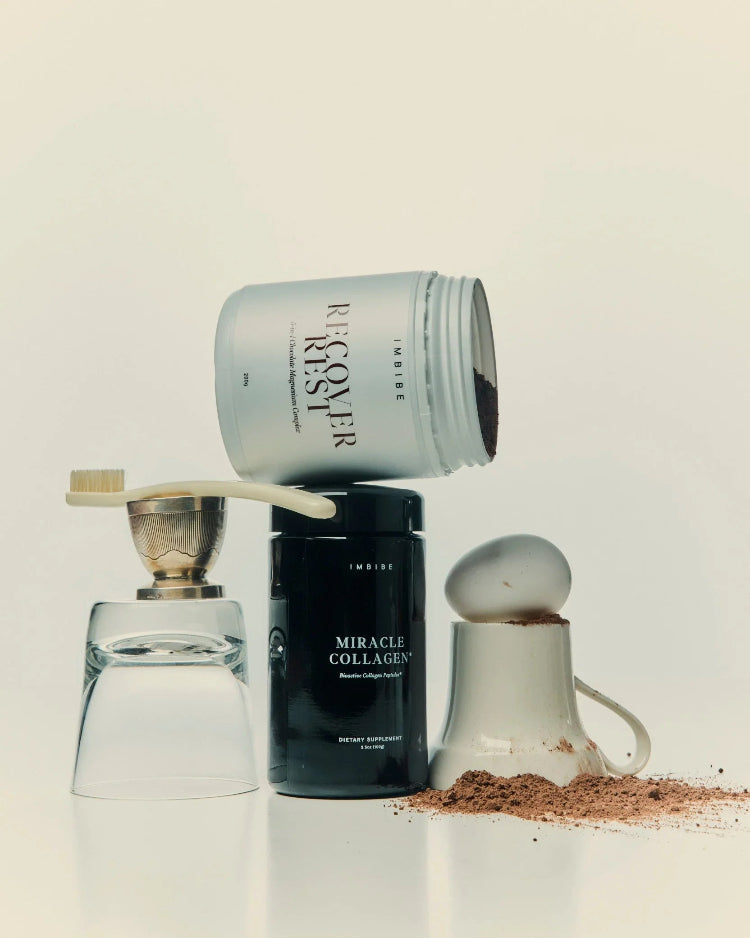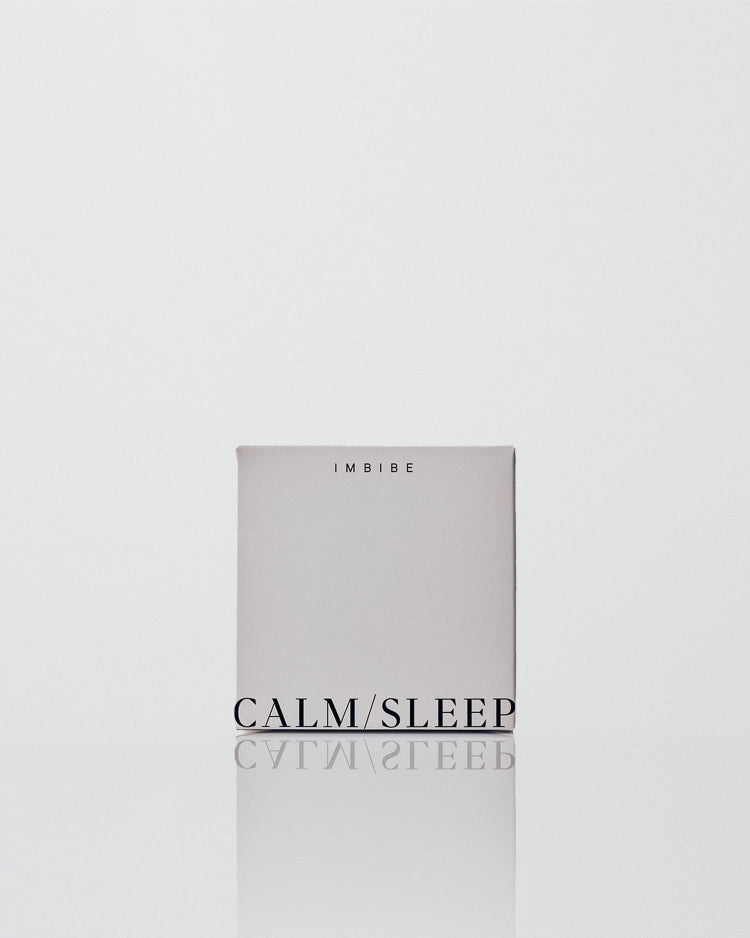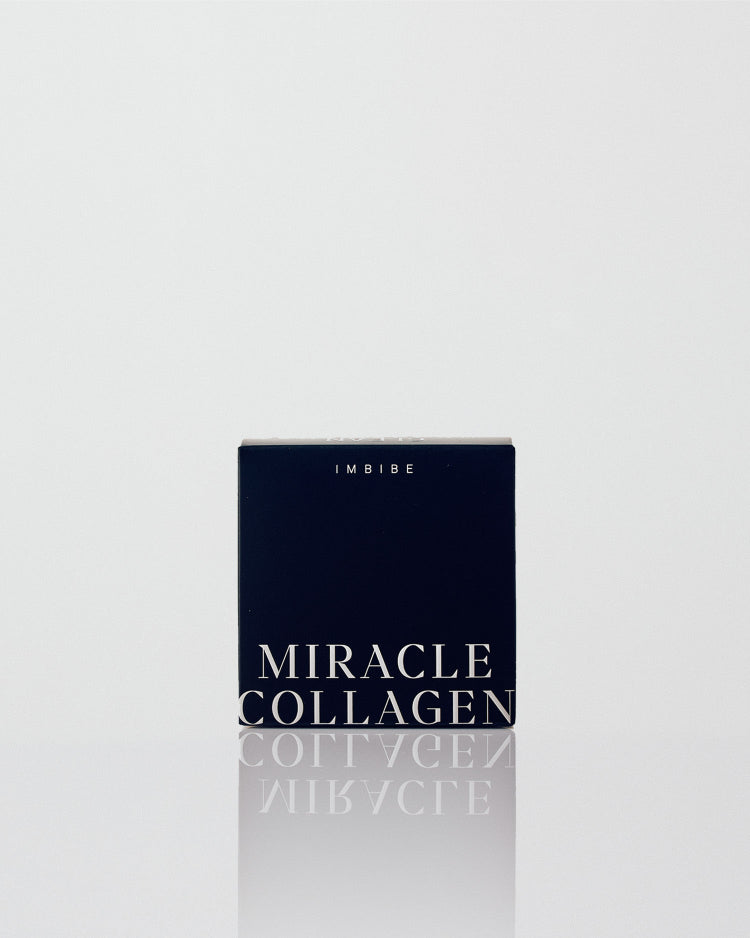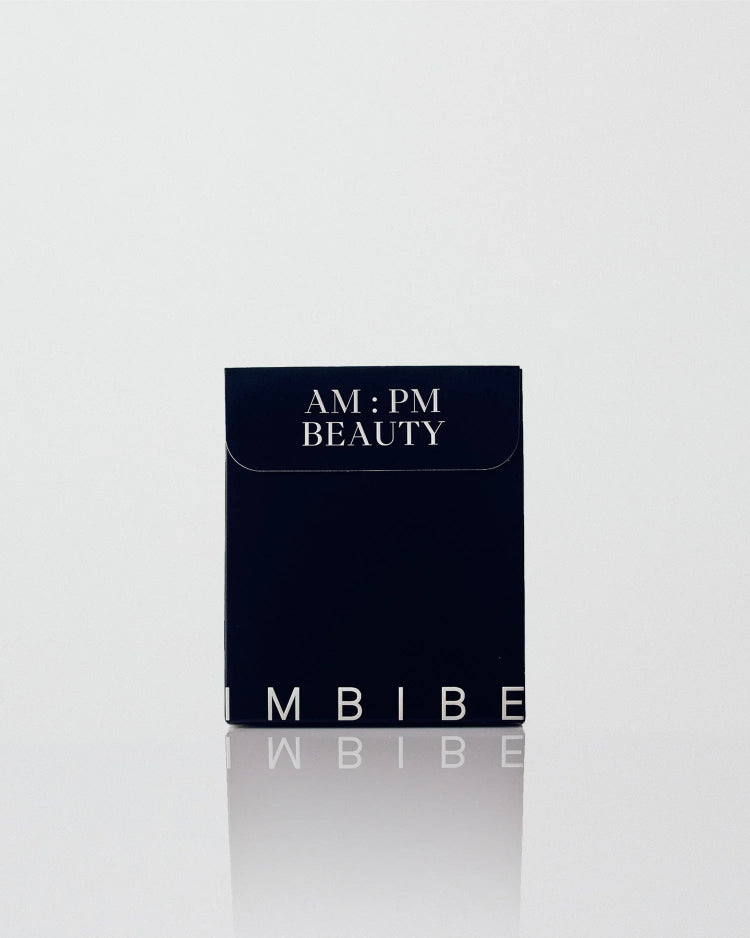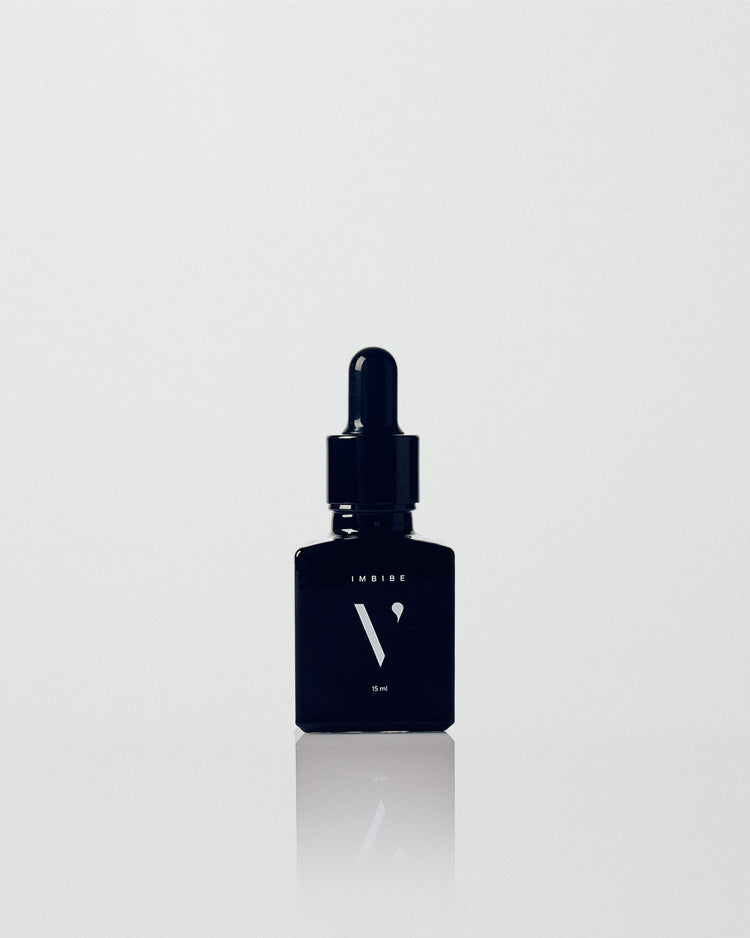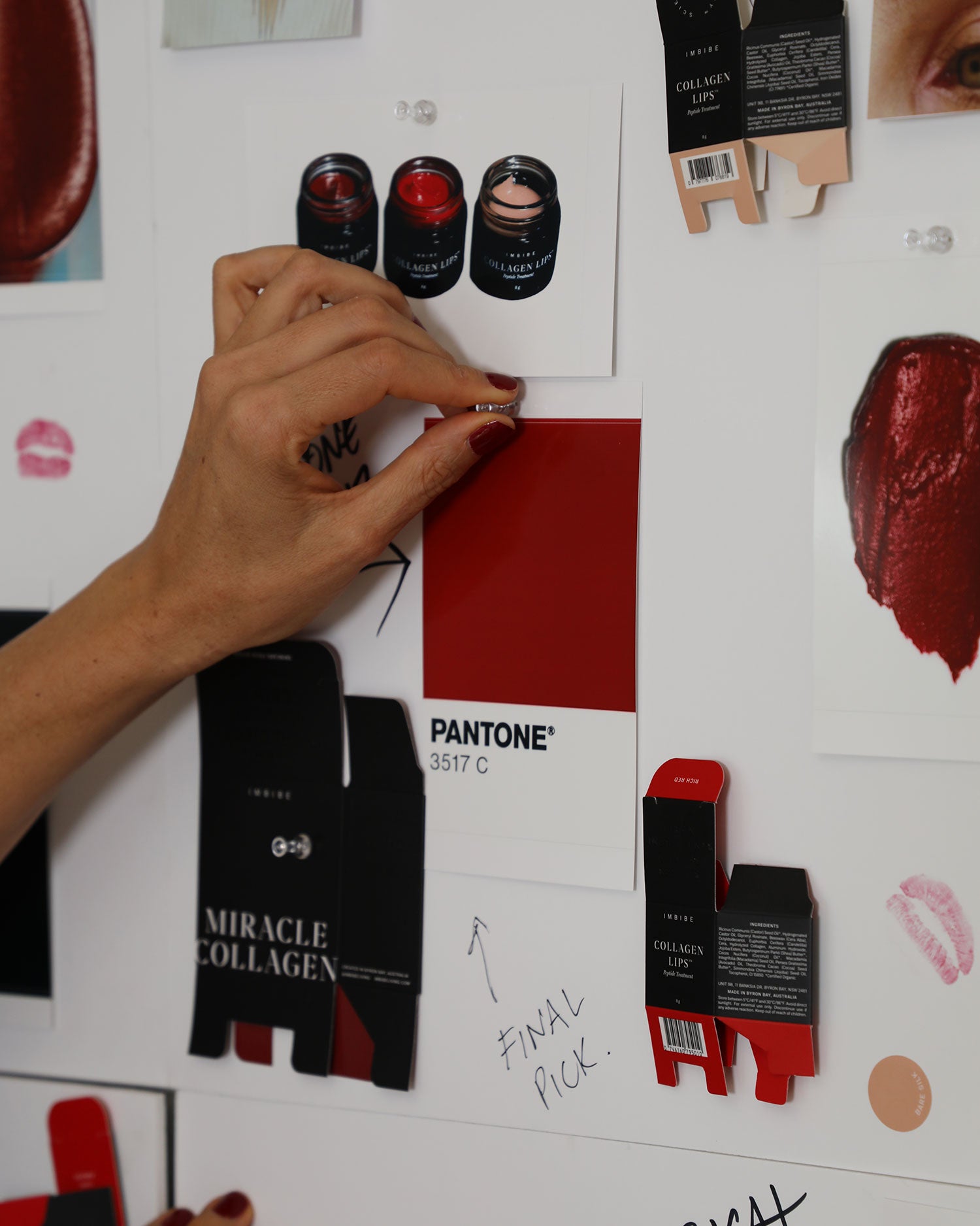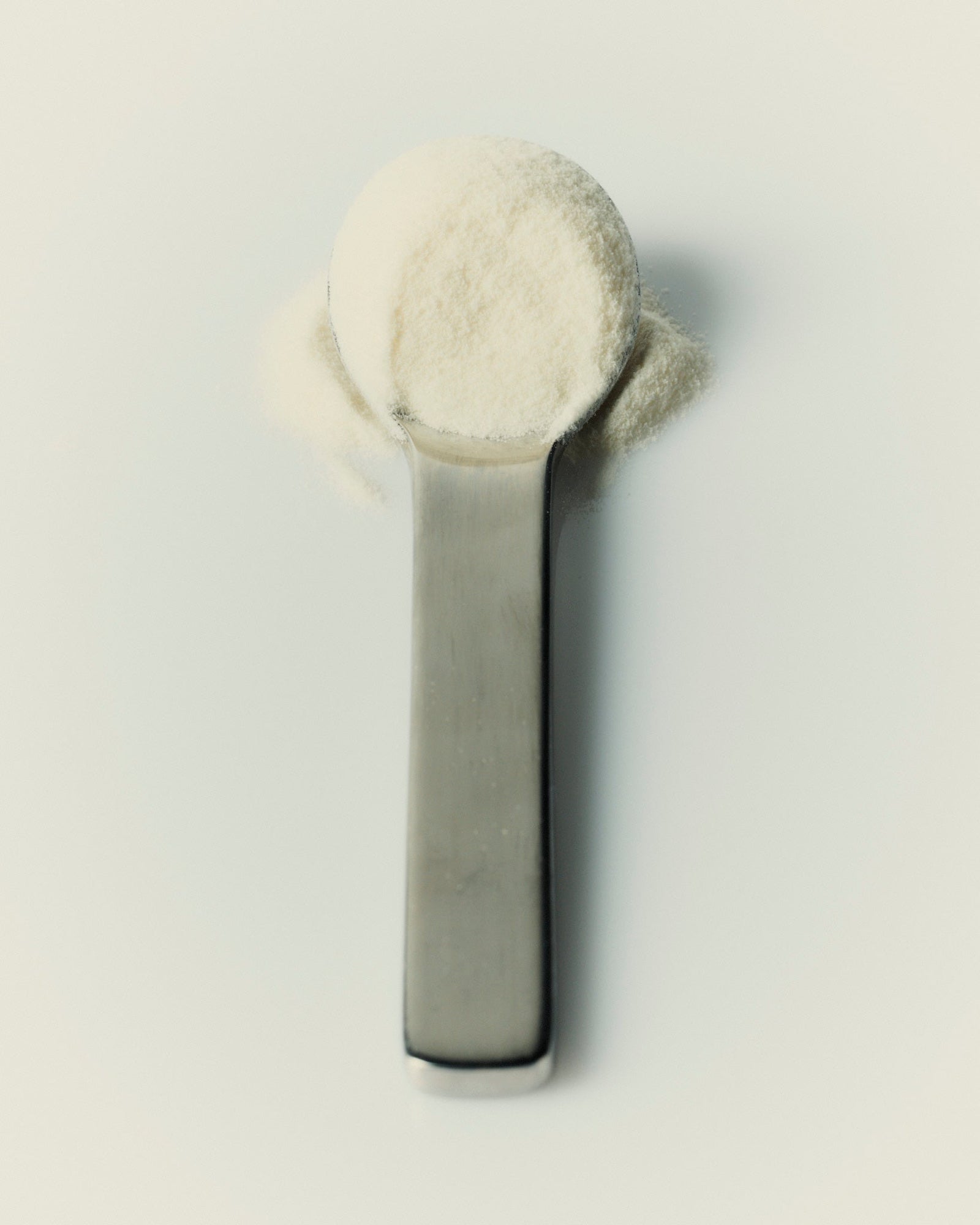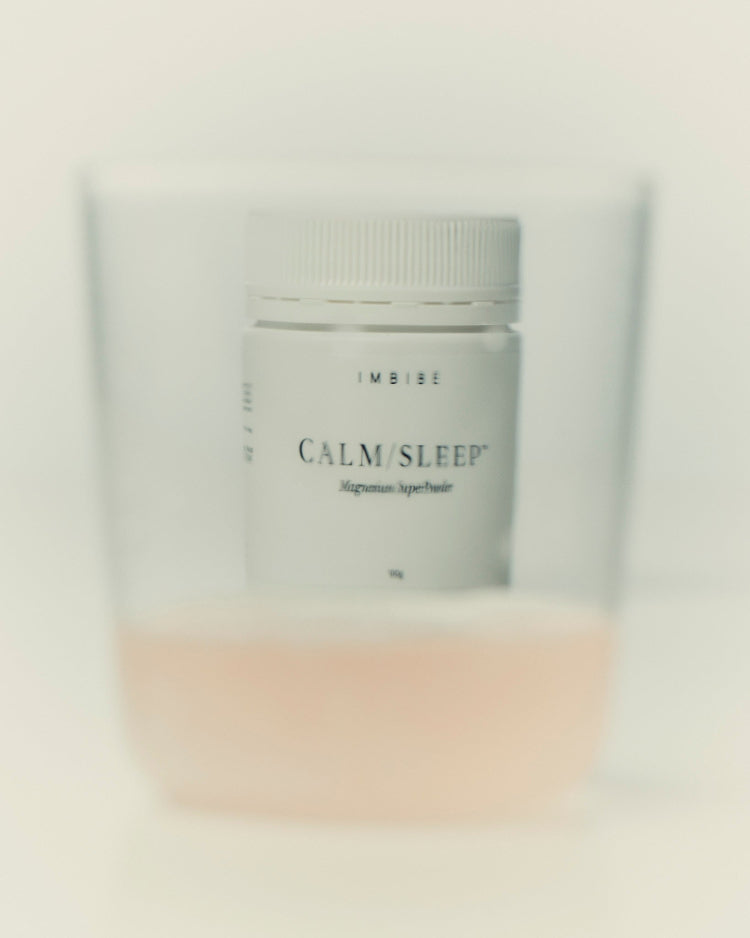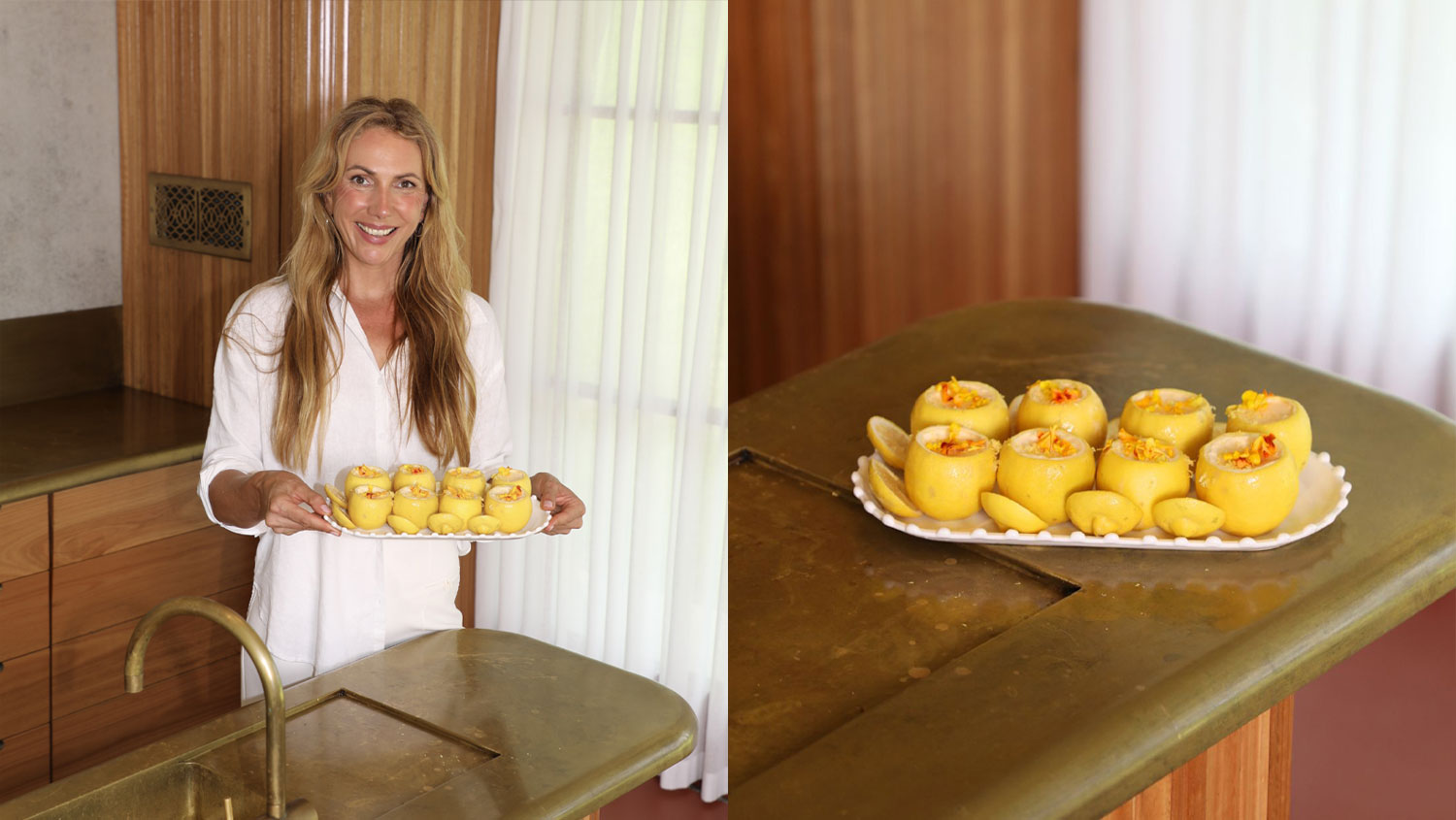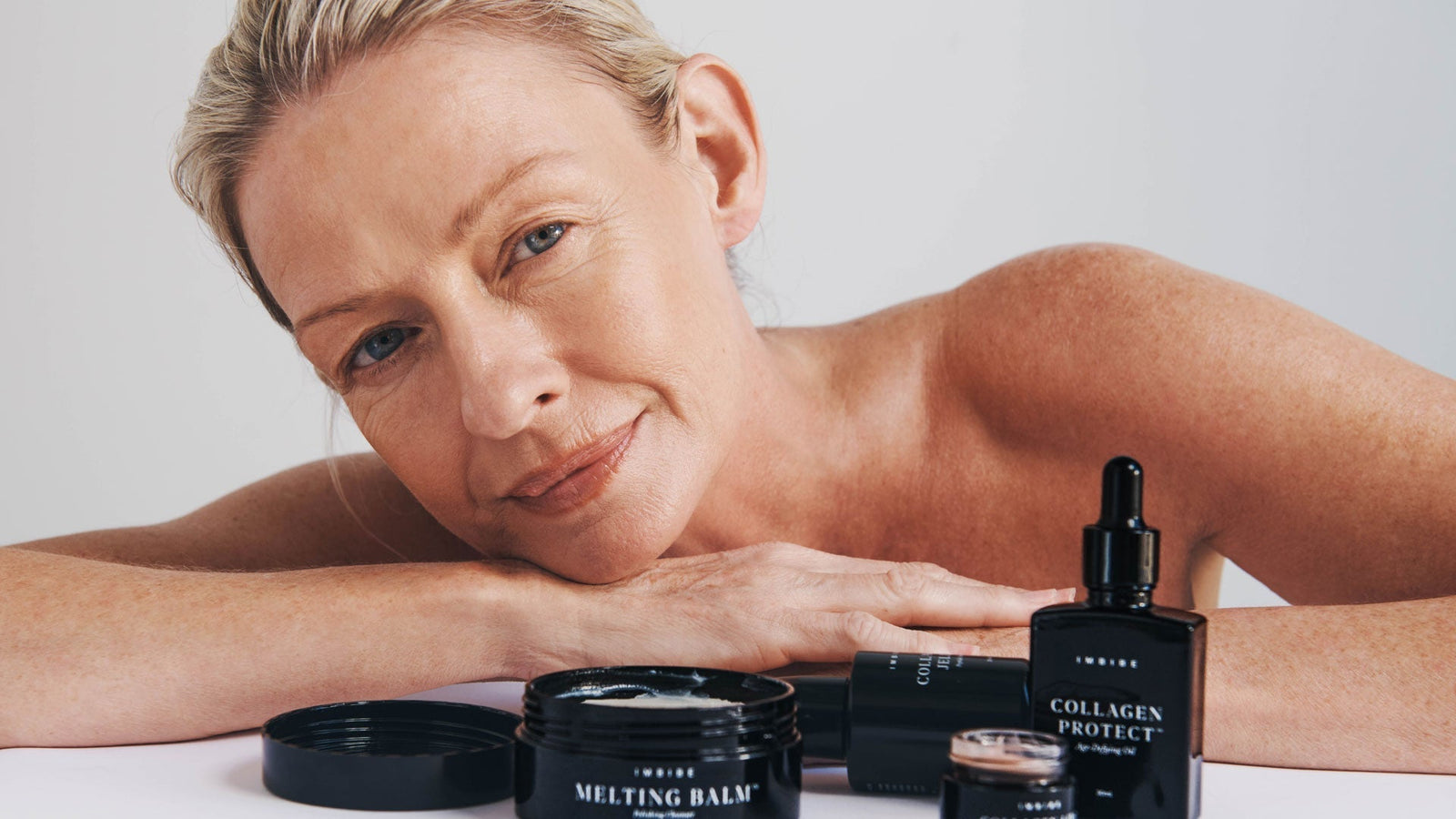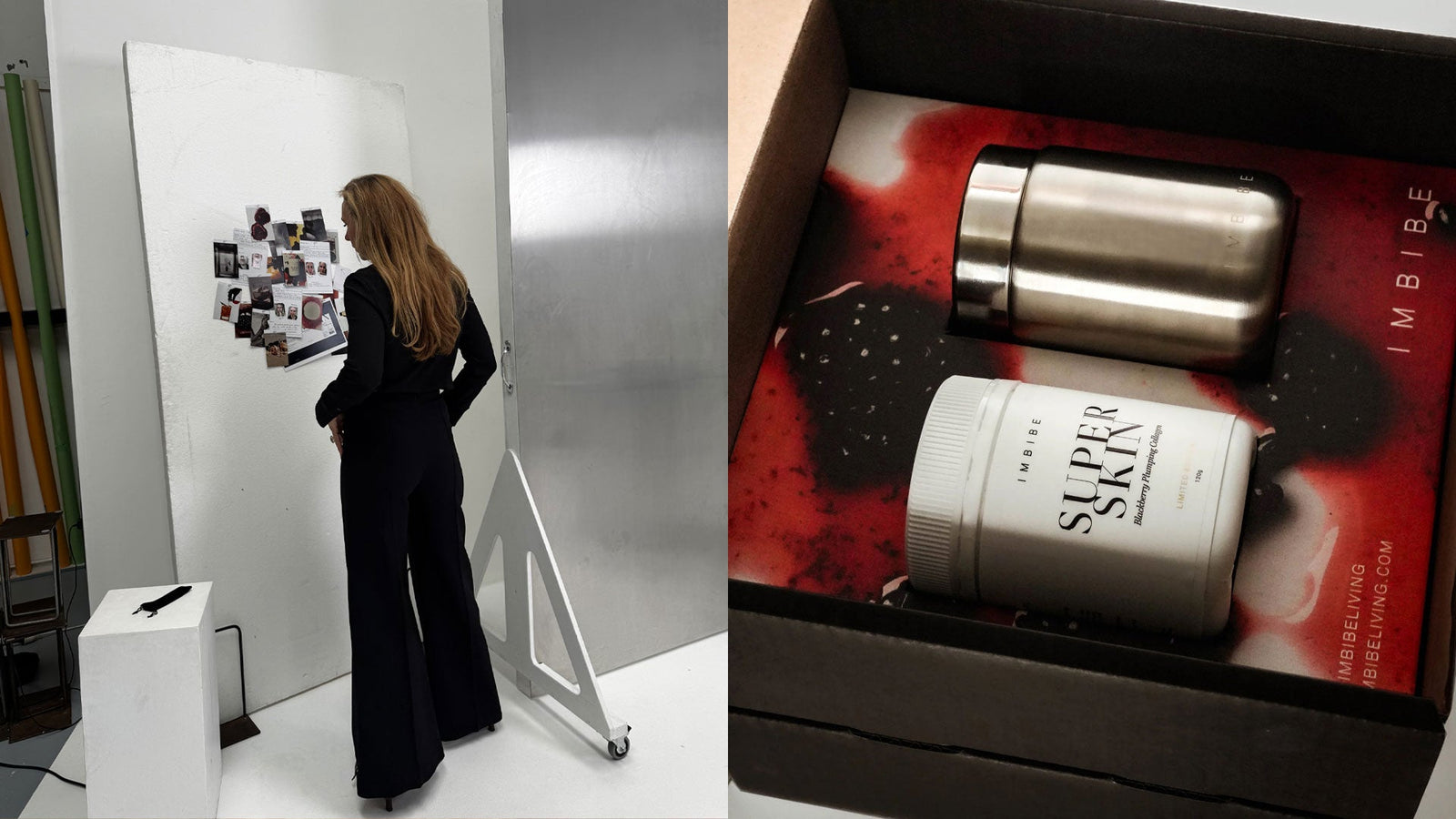
Our beloved V. They make up over 48% of the population, peppering the world with more than 3.9 BILLION vaginas world wide.
Yes, we’re talking about the big V: the most mysterious, complex, loved and revered body part on any human body … and it is wildly, heartbreakingly misunderstood.
So in the name of loving knowledge, loving empowerment, and loving women’s sexual health … We would love to clear the air.

Get to Know Your V
It should feel totally and completely empowering to know about your body. To appreciate your body, and to show your body some love. And that starts with basic knowledge:
What is the Vulva?
The vulva encompasses and protects your external genitalia, including your pubic mound, clitoris, labia, and opening to the vagina, as well as your urethra, the urinary opening.
The vulva is all the outer stuff — including the labia, urethra, clitoris, and vaginal opening.
What is the Vagina?
The vagina connects the vulva to the cervix and, ultimately, to the uterus. It is the canal that allows for monthly menstruation and childbirth.
The vagina is a 3- to 6-inch-long muscular canal that runs from the cervix, the lower part of the uterus, to the outside of the body.

The Vaginal Microbiome
Similar to maintaining a healthy, balanced, microbial-ly thriving gut (What Does Everyone Mean When They Say Gut Health), your vagina has its own, very particular microbiome (and set of standards in general).
Fortunately, the vagina is a pretty independant lady, self-cleaning, self-lubricating and self-balancing each and every day. According to the American College of Obstetricians and Gynecologists your vagina naturally corrects and maintains its pH balance (which is slightly acidic), making it totally normal to see discharge and totally unnecessary to clean.
In fact, using harsh cleansers and soaps (totally okay on exterior areas) is likely to throw off natural balance creating big problems (and possibly odours) down the line. Specialised bacteria work to keep your vaginal pH at an optimal level, effectively warding off hostile bacteria.
5 Tips for Taking Care of Your Vaginal Health
Your V isn’t just here for a good time, it’s here for a long time, making lifelong rituals, self-care, and proper hygiene completely and totally critical.
And here are our top 5 tips, and things to never, ever, ever forget about maintaining a healthy vagina:
01. Never, ever try to ‘clean’ your vagina
Cleansing or ‘douching’ is an aggressive approach and leaves your pH and vaginal bacteria completely out of whack.
A study in 2018 found that women who practiced cleaning were three times more likely to develop infections, UTIs and bacterial imbalances. As it negatively impacts the normal vaginal microbial ecosystem, it's inadvisable.
No need to be fancy, warm, clean water will do the trick, and a little The Fairest of Them All: Rose Oil, goes a long way!

02. Choose your products wisely
As the vagina itself is a tremendously absorptive surface – one must be extra vigilant about the products one uses.
Feminine products in particular are loaded with endocrine disruptors, fragrance, bleach, and a host of other harmful chemical compounds that impact hormones and healthy tissue.
Always check ingredients before using and switch to organic, fragrance free lube, condoms and tampons. Using natural, fragrance-free oils and lubricant (like our cult favourite product V-Oil) for a clean approach to your V.
03. Wear cotton underwear
Let her breathe. Breathable cotton underwear is gentle, comfortable and free from suffocating fabrics like polyester and elastin. Because it’s breathable, cotton underwear will let the moisture flow in and out instead of building up, putting your V at risk for bacterial imbalances.
And remember, it’s not just about you: Nylon and other synthetic fabrics can be super irritating to the sensitive skin around your vulva – and that’s just no way to live.

04. The Pelvic Floor
One of the most critical components to your vaginal health and wellness (and also the most overlooked and underappreciated) – the pelvic floor.
The pelvic floor is made of up the supporting ligaments and connective tissues that hold the uterus and the vaginal walls in place. Particularly after child birth and with age, the pelvic floor can become weakened, leaving the uterus, bladder, rectum or the vaginal walls vulnerable to slipping or prolapsing.
To strengthen the pelvic floor sit comfortably and squeeze the vaginal muscles 10 to 15 times without holding your breath or squeezing your stomach, thighs or bottom. Try holding each squeeze for a few seconds!

05. Keep it hands on
Staying handsy is the best way to be familiar with any changes, whether that be in texture, size, lumps, pain or dryness. Using your fingers to gently wash the vulva area, and in between any folds, with warm, clean water to helps to keep the skin hydrated and refreshed, Using a moment in the shower, or with using a natural oil or lubricant to easily run fingers across the skin's surface checking for anything new or unusual.
Natural fluctuations in discharge or dryness throughout the month can be normal, but if you experience any itchiness, pain during sex or with urination, be sure to see your doctor immediately.
And always, always remember: be safe, have fun, and show your Vee a little extra love.

